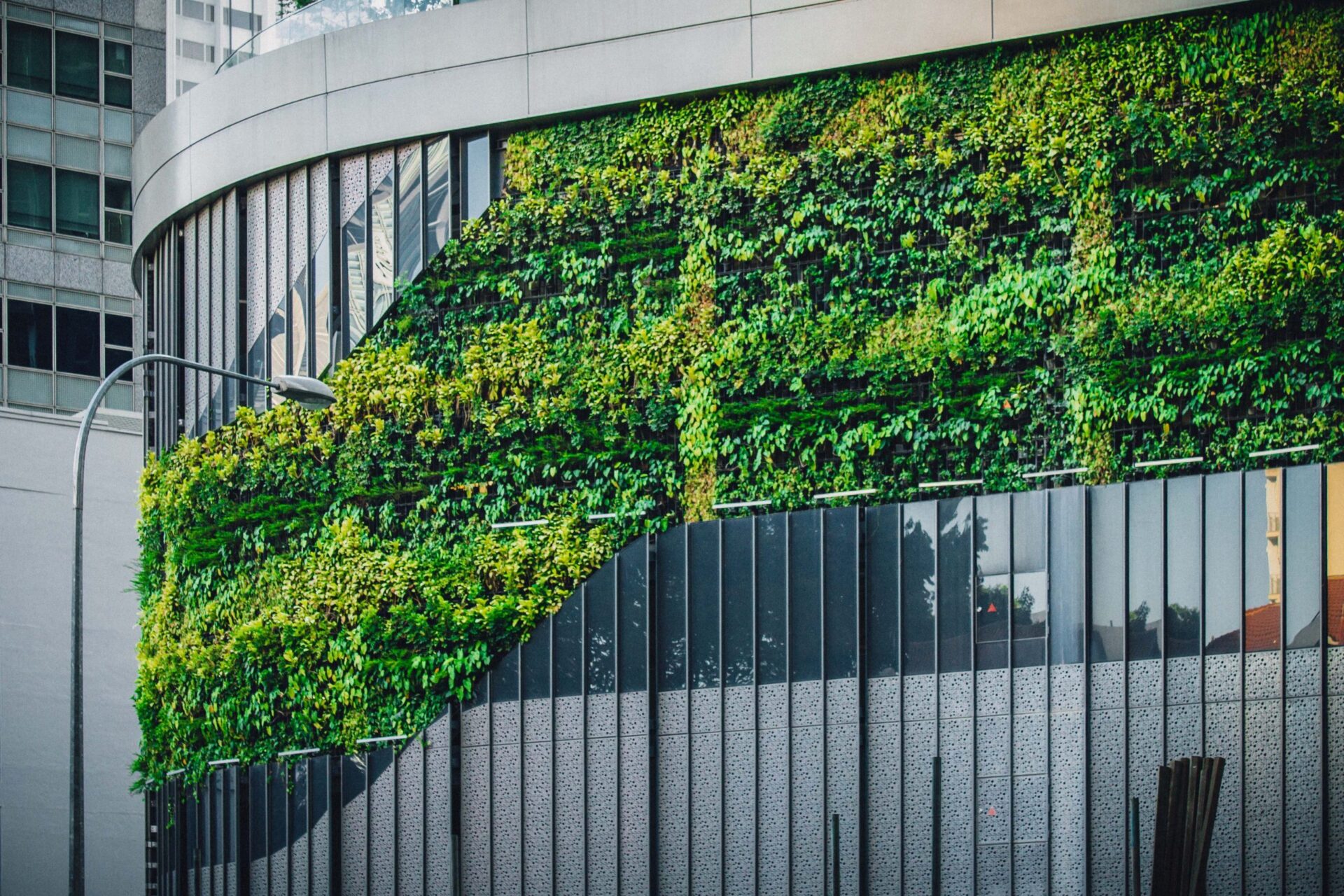With no doubts we are entering in a phase of unprecedented innovation. Green-growth opportunities are leading the way, and new models for resource efficiency are emerging at a rapid pace.
Bio or Green Building systems match sustainability and environment-related policies, with huge a sustainable potential. The Green Building system is defined by the Environmental Protection Agency of the USA (EPA) as the practice of creating structures with processes that are ecologically responsible and efficient throughout the life cycle of the building itself. This applies to the choice of the site, design, construction, management, maintenance, renovation and deconstruction. This building approach is basically helpful for all sectors of the Circular Economy, therefore for waste management, water management, renewable energy and forestry; cheaper and less impactful than the classical-expensive nowadays policies applied in most of the cities.

Now let’s get to know the main strategies and building system for an innovative construction market, where sustainability leads the process.
Recycled plastic buildings
Recycled plastic will help make buildings more solid and reduce the environmental impact, in terms of carbon dioxide emissions, of the cement industry, and some strategies are already in action. Students from the Massachusetts Institute of Technology (MIT) have developed a method of integrating plastic into concrete and making it more resistant. The team found that by exposing plastic “flakes” to small and harmless gamma radiation and finely pulverizing them, it is possible to mix them with cement paste to produce concrete up to 20% stronger than conventional concrete.
After water, the researchers explain, concrete is the second most used material on the planet and from its production comes about 4.5% of man-made CO2 emissions in the world. So replacing even a small amount of concrete with the plastic thus irradiated could help reduce the global carbon footprint of the cement industry.
Wooden Houses
In a green building perspective, wooden buildings are certainly at the forefront. In fact, wood is a raw material that grows and develops spontaneously, the production costs are practically zero: the trees grow and develop spontaneously in nature thanks to the sun and rainwater without human intervention, unlike traditional building materials that need heavy extraction, selection and washing, processing and cooking in blast furnaces.
At the end of the life cycle of the building (let’s assume 100 years) it is also possible a selective demolition, dismantling it, with a recycling and reuse of 99% of the materials used, with practically no waste of material, thus closing the virtuous circle of wood, in a perfect circular economy perspective.
Therefore a sustainable Green Building process is key to lead Circular Economy to a more sustainable society, improving the environment we live in, even when talking about metropolitan areas.





